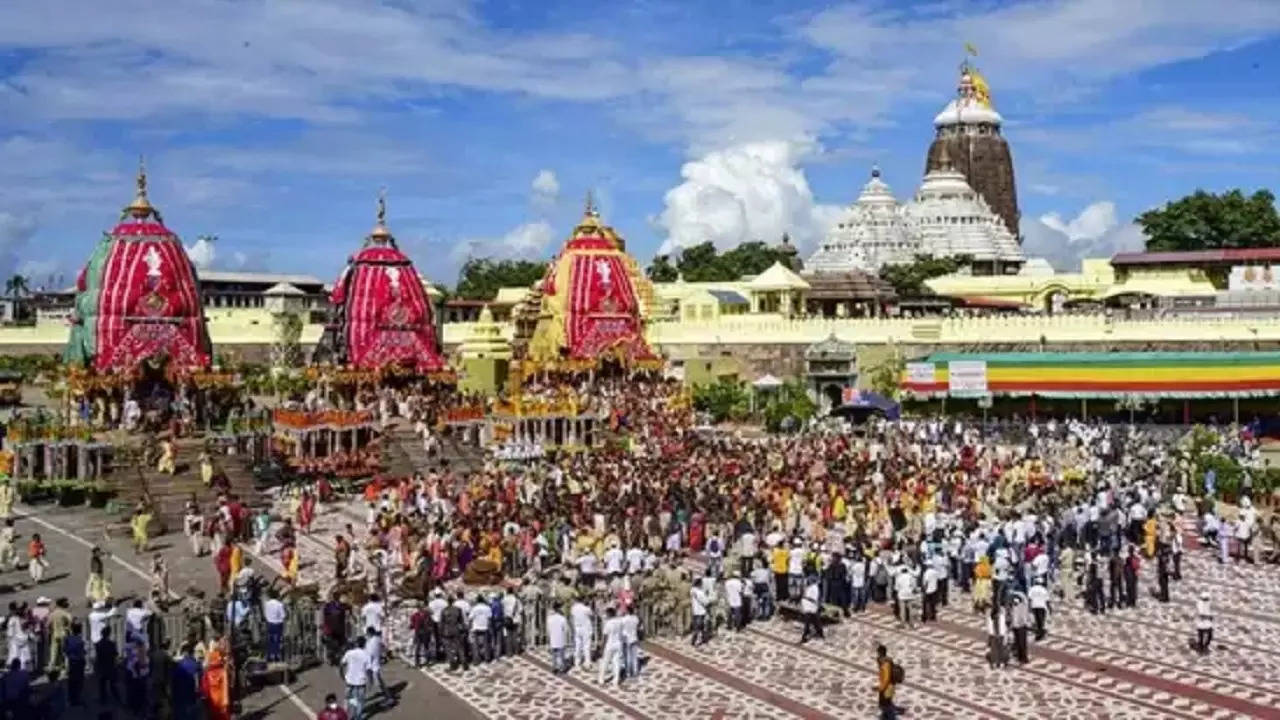Researchers at UC Berkeley have developed an insect-sized robot with the speed of a cockroach and the agility of a cheetah to potentially aid search and rescue missions.
Originally developed in 2019, the robot was developed by the Tsinghua-Berkeley Shenzhen Institute. It has great durability with its sturdy, soft structure that makes it beneficial in hazardous situations, according to Liwei Lin, campus professor of mechanical engineering and senior researcher.
“If you look at the Florida condo collapse, with many people buried under the rubble, we don’t know if there are survivors and we don’t know where they are,” Lin said. “If you can imagine a cockroach sneaking through the tiny holes and reaching the survivors, there may be a better opportunity to save lives and people.”
The original robot was made of polymer and piezoelectric material and responded when voltage was applied, noted Lin.
According to Peter Oboyski, Managing Director of the Essig Museum for Entomology, two electrostatic foot pads are among the new developments that have been applied to the robot.
“The addition of electrostatic foot pads allows these new robots to maintain body position – without sliding or flying off the track – while performing tight maneuvers at speeds comparable to cockroaches,” Oboyski said in an email.
By applying voltage to one of the foot pads, one of the robot’s feet can be held in place, forcing it to make a sharp turn, Lin said. He added that the robot initially relied on electrical wiring to provide voltage, but can now run on a battery.
Before these developments, the 2019 study showed that the robot’s frame could withstand almost 60 kilograms of additional pressure without being destroyed, which is roughly 1 million times the weight of the robot, according to the study.
The speed of the robot of 20 body lengths per second was also measured and, according to the study, was found to be the fastest among the “artificial robots in insect scales”.
“To perform tasks in complex environments, robots must be able to bypass obstacles with both rapid translational and rotational movements,” Zhichun Shao, a former graduate researcher, said in an email. “We developed our insect-inspired soft robot to achieve the desired properties mentioned above.”
According to Robert Full, campus professor for integrative biology, the future role of the robot could include “detection of hazardous substances, environmental monitoring, inspection of the infrastructure, (and) search and rescue”.
Lin also noticed an experiment that the robot’s engineers conducted during their research. The robot used a methanol detector to locate a gas leak and determine its concentration.
“Having robots that can navigate a tight space in search of survivors that humans and dogs won’t fit would literally be a lifesaving invention,” Oboyski said in the email. “But there are many other everyday uses we can think of, such as replacing camera-guided fiberglass tubing that is limited by the number of twists and turns they can make before they get stuck.”
Contact Kavya Gupta at [email protected], and follow her on Twitter at @kavyaguptta.









